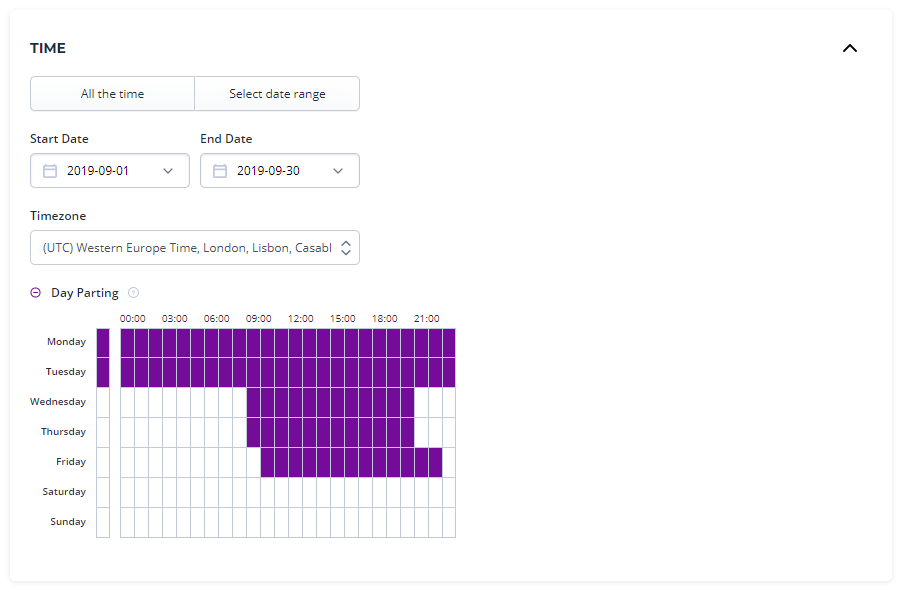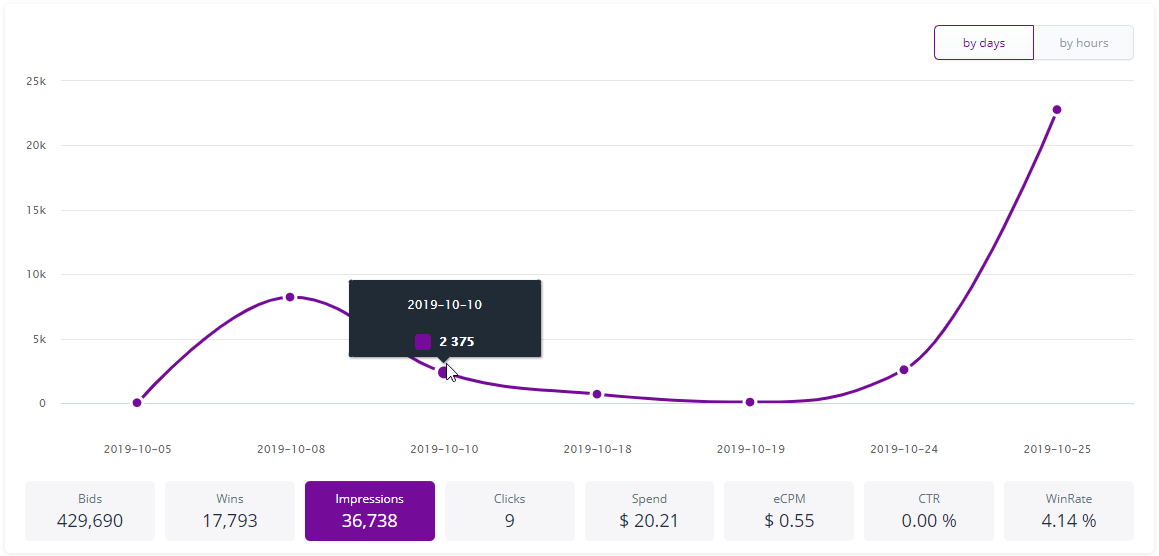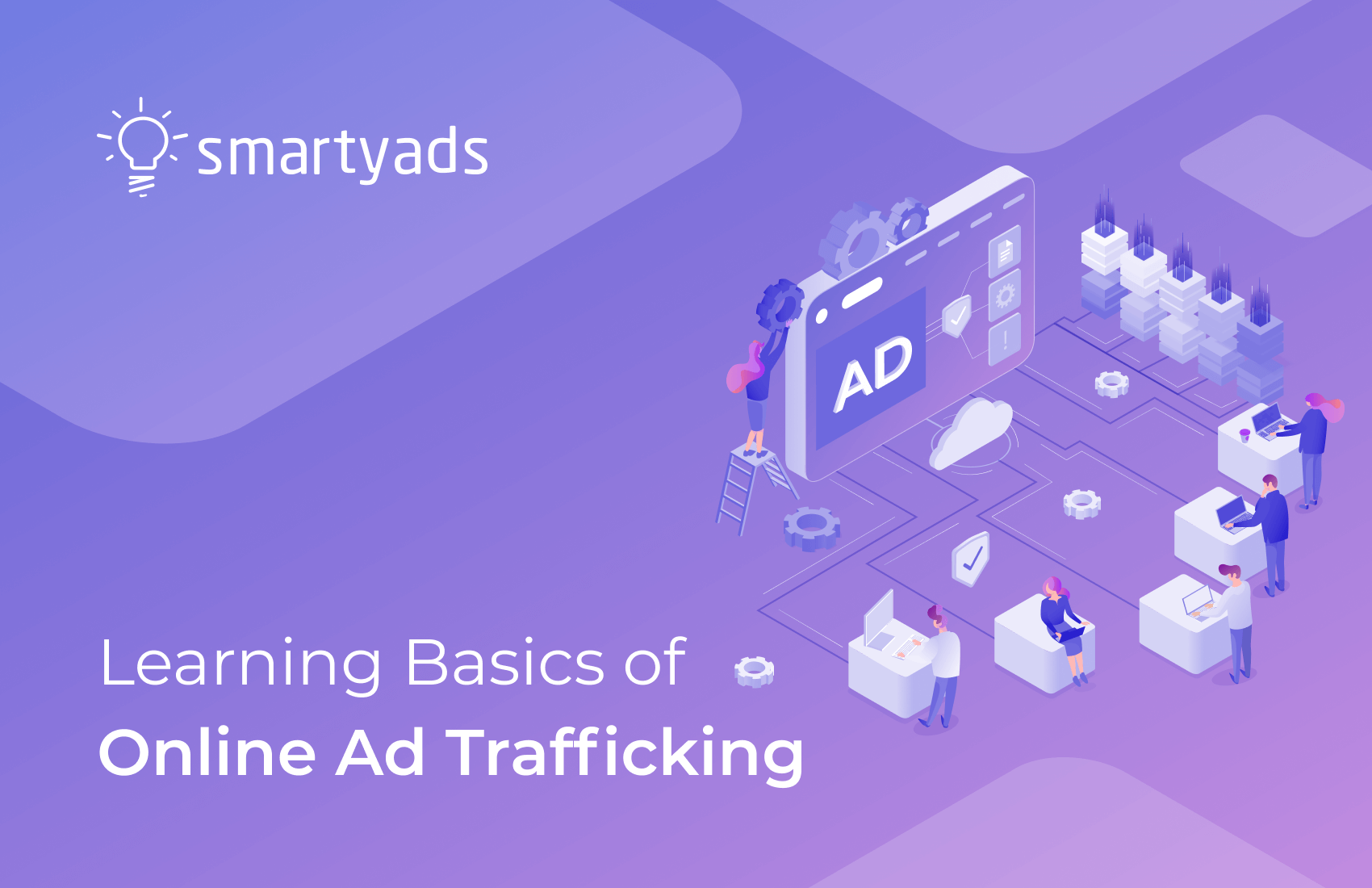Ad trafficking is an art of management, coordination, and optimization of advertising campaigns. While it may sound pretty simple and straightforward, indeed such ad operations involve the whole team of ad tech professionals well-versed in different branches of online advertising. That’s why advertisers, especially those who run several ad campaigns at once, often pass on the reins to the advertising agency. Agencies attract ad ops, traffickers, and other kinds of employees that create placements, support effective media distribution, and organize workflow essential for advertising campaigns.
So how do you learn the specifics of the digital ad trafficking process and is it possible to master it without agency? First, let’s try to deconstruct the notion of ad trafficking.
What is online ad trafficking?
It is easier to understand what is online ad trafficking if you look at it as a strategy the purpose of which is to select the ad placements that potentially could bring the best benefits for the advertiser. Again, sounds simple but this process constitutes a lot of planning which is then followed by step-by-step campaign execution: contacting the vendors, negotiating the price per impression, ad time scheduling, and so forth.
Thus, ad trafficking meaning outstretches to several different tasks performed by ad ops, account managers, sales, and tech specialists. The job description of ad traffic managers may be quite extensive. If we talk about ad ops their role and functions, here’s what their work is about:
- Creating and tuning the campaigns
- Setting up correct targeting options, choosing the right location for ads and media channels
- Navigating campaign course, optimization
- Troubleshooting
- Supporting communication with advertisers, passing their direction to the execution team
- Ad campaigns analysis and reporting to the client.
Advertising agency hires these employees to orchestrate all these functions for their clients. These functions, however, can also be performed independently (with your own in-staff team) or with managed service on the DSP platform.
What is ad trafficking on DSP then? The demand-side platform automates a great part of manual work, after the campaign is set, the bidding happens according to the pre-configured settings. The AI algorithm at the core of the platform analyzes targeting, budget, and other campaign requirements and makes a decision based on them - whether to bid or not on a certain impression. If the impression suits requirements, the system bids on it in the auction, if the bid wins, the ad servers deliver the ad to the publisher’s website.
This way DSP removes the work associated with direct negotiations, media selection, scheduling, and price formation. Still, it can be right to say that DSP is only a tool which in the right hands and with the right configurations can help you to achieve incredible ad campaign efficiency.
How to organize a digital ad trafficking process?
The digital ad trafficking process is not something constant, the whole process very much depends on the outcomes the advertiser wants to achieve: brand awareness KPI and particular performance metrics. For this reason, the campaign manager on DSP works closely with an advertiser to communicate the client’s needs and objectives.
Adjusting campaign
As soon as campaign details are discussed, the campaign manager selects and applies the most suitable digital ad formats that contribute to better engagement, memorability, and conversion. The manager also consults the advertiser about the budget distribution, placement, targeting, filtering, dayparting.
For instance, bigger ad resolutions will be more effective on CTV because of their immersive influence and great user experience. The smaller ad resolution units, however, will work optimally on the web delivering the better reach (since they are supported by almost any medium and device type). Apart from this, some highly-interactive formats like e.g rewarded video ads are only supported in the in-app environments while the display ad formats will suit mobile, desktop, and in-app alike. For the sake of better accountability, the managers may also adjust ad tags so that advertisers could track how users interact with their creatives.
Knowing the countries you aim for, managers can suggest the most optimal time of the day when the online ad should be shown to the audience. Then they’ll schedule your campaign on DSP so that it is only served during particular hours when the audience is most susceptible to it.

As well, the campaign on DSP gets adjusted so that the ad message reaches only a particular segment of audiences who have characteristics you need: age, gender, geo. On SmartyAds DSP it is also possible to target the users according to their current location (geo-targeting), connection type, OS, browser, device type, language, and a couple of supplementary criteria.
If you are an experienced digital advertiser, you can adjust all the above-mentioned criteria by yourself, finalize, and air campaign when needed. Still, the campaign launch is only the starting point where the story begins.
Navigating and optimizing campaign
Ad trafficking manager doesn’t only select the suitable placements and channels where the campaign will be most effective, they also constantly monitor the output and make informed decisions if the course needs to be changed. It is a common truth in advertising, in order to keep the campaign effective you need to keep it flexible.
Every week or two ad ops revise the outcomes of the campaign, interpret it, and communicate the results to the advertisers. SmartyAds DSP streamlines this process as the platform constantly aggregates information on campaign performance and visualizes it conveniently in the reports.

After choosing a suitable period you can measure performance in bids, wins, impressions, clicks, ad spend, eCPM, CTR, and win rate. So, for instance, if one of your ad campaigns returns particularly good results, you can terminate the other less effective ones. Plus, you can also use this data to launch the same kind of campaign in the future.
5 do’s and don’ts of trafficking advertising
Do:
- Align details. If you don’t work with programmatic platforms, make sure that the line item data matches the data that gets into the ad server (creative, targeting options, and other details).
- Choose the best timing. Keep track of traffic fluctuations - ups and downs during the holiday seasons in order to schedule campaigns to the most advantageous period.
- Test campaigns. Run A/B tests to choose the most optimal option between the two - e.g ad creative type and size, etc.
- Keep track of the campaign. Always check the campaign a few hours upon launching to make sure it works properly and produces impressions and clicks.
- Use reports. Check and optimize campaigns every week or two. In the DSP dashboard, you can generate reports automatically across selected metrics.
Don't:
- Set it by default. If you work with automated media-buying platforms, never choose settings by default, find out how they can affect your campaign outcomes, or consult the professional.
- Set it to autopilot. It is not enough to just activate the campaign and wait till it ends. Revise the performance regularly to apply timely optimization and correct the campaign course.
- Select creatives blindly. Don’t fall into common misconceptions about creative formats, sizes, and performance. Make sure you choose an ad unit that fits a selected digital environment, doesn’t interfere with user experience and doesn’t cause ad fatigue.
- Show ads as much as possible. Don’t overwhelm users with ads unless you want to cause irritation, select the right advertising frequency per user to limit the number of impressions per day.
- Narrow targeting too much. Targeting helps you to show ads only to the relevant audiences but when you apply too many targeting options you risk to narrow down your potential audience to zero.
Learn from ad trafficking tutorial
Last but not least, if you just started to learn the art of ad trafficking and you are making your first steps, it is important to realize that practice makes perfect, and, most certainly, there will be lots of mistakes at the beginning. What’s good for one ad campaign doesn’t necessarily suit the other and vice versa. The ultimate thing you should cling to while planning your strategy is your campaign objectives and the KPIs you need to achieve. Keep them in mind while developing tactics. Use this ad trafficking tutorial, and read carefully the DSP user guide to make campaign management easier.
Self vs. managed ad trafficking
Can’t choose between managed service to self-service platform? Here’s the trick: you can traffic campaigns on your own, commission it to the agency or delegate it to the managed service of the DSP platform where you advertise.
If you are trafficking advertising campaigns on your own, it is important to keep the hand on the pulse of all campaign changes because the sooner you make adjustments the better will be the outcomes. Thus, schedule your time beforehand, check the campaign performance regularly, and apply optimization according to the results of your media-buying activity.
If you notice that you can’t pay enough attention to ad trafficking, there’s always an effective way to ease your ad operations with professional help. The agency often provides the most comprehensive set of services, including trafficking, slogan writing, logo creation, ad unit design, etc. However, if you only need trafficking without creative work, the most optimal variant will be using managed DSP service. Naturally, no one knows the capacities of your DSP better than employees working with the same platform provider, plus this service model can appear much cheaper than the equal one obtained at a third-party provider.
To sum up
Ad trafficking can be like a puzzle game and the task of ad ops, traffickers, and account managers is to ensure all the pieces are there, in the right place, and at the right time. Mastering the digital ad trafficking process requires patience and long years of experience because after all, this is more than just setting up the campaign correctly. This is a never-ending work on optimization, distribution of the ads across the channels where traffic is currently peaking, eliminating expenditures, and optimizing cost. Our managed-serve DSP professionals have exceptional technical, communication, and industry-specific skills to ensure your ad campaigns are always served properly.
Furthermore, if you are going in-house and applying outsourced advertising sales, you can attract the right employees using our outstaffing ad tech services. These ad tech professionals will work side-by-side with your team and solely for your company which is a guarantee that your independent advertising project will have a rapid take off.




